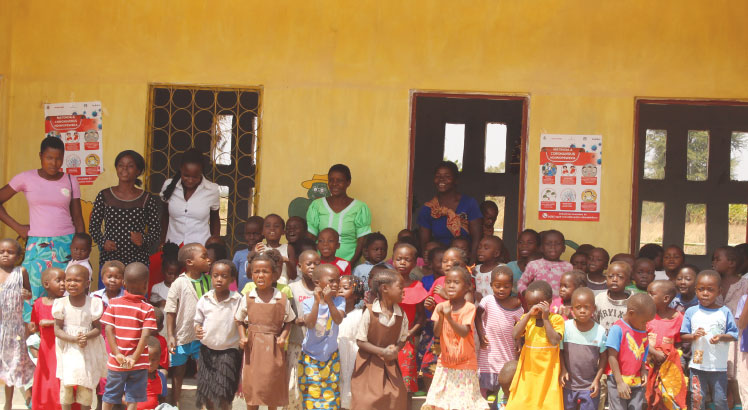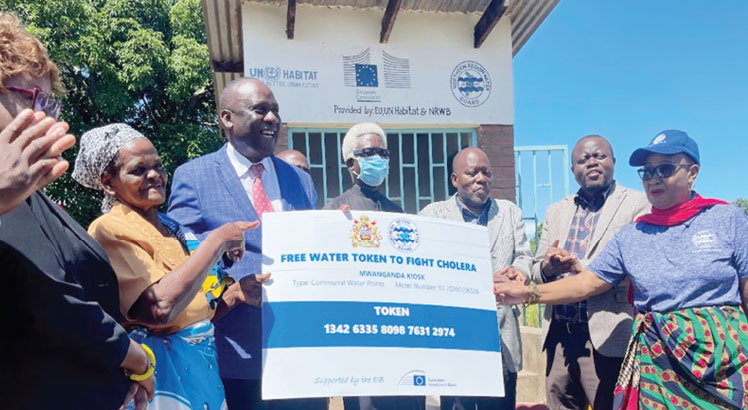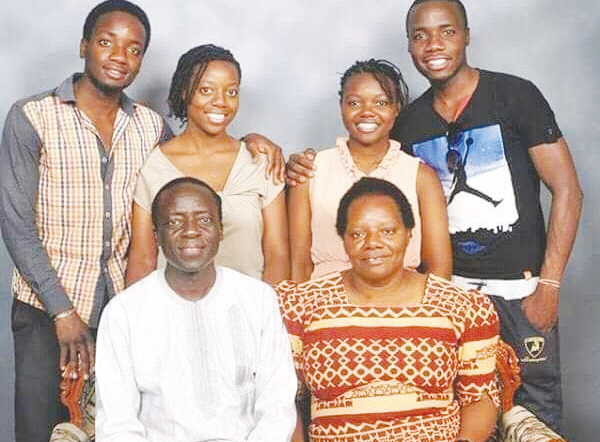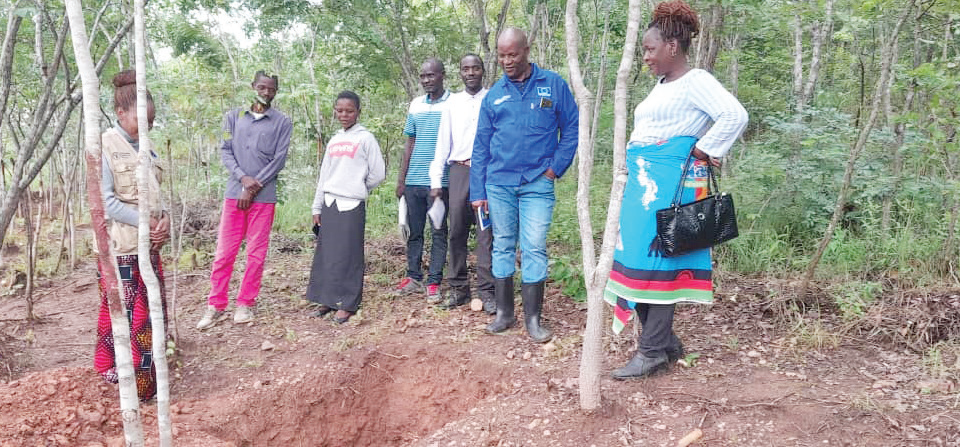Improving early child care with community centres
Thamolatha community in Senior Chief Dambe in Mchinji did not have a fancy community-based child care (CBCC) centre to cater for early childhood learning.
For many parents, sending their children for early childhood learning was out of the question as they waited till their children reached the age of six to register them for primary school education.
They also did not know if their children were malnourished or not. Every day was just business as usual.
With most of the population relying on subsistence farming for survival, it was hard for parents to pay for classes at private kindergartens.
Anna Fayisoni, from the community, says most of the children in the area performed poorly when they registered for primary school education because they did not have a solid foundation at pre-school level.

She says community members were previously guided by village heads to build a shack where children received early childhood learning lessons.
Said Faisoni: “With joint efforts we put things together and our children started having lessons. But it was hard for them to continue during the rainy season as the shack was leaking.”
Their nightmare, however, ended when Action Aid Malawi (AAM), with funding from the Roger Federer Foundation, handed over a modern CBCC for Thamolatha community.
Thamolatha CBCC caregiver Maxwell Sam says the structure, which is equipped with the required kindergarten facilities, will reduce the pressure caregivers face when helping the children and also increase enrolment.
He says: “We have everything that is needed at a CBCC, including good classrooms, learning materials, playing ground, porridge for the children.
“With community engagement, it will be easy for us to work together and make sure that our children are fully benefitting from the CBCC.”
Sam urged parents to be responsible and not vandalise and steal the materials at the centre.
At first, less than 50 children attended the CBCC, but it now accommodates more than 130 children after the community and donors improved the facilities at the centre.
Sam adds that as part of promoting the health of the children, health workers come on a monthly basis to monitor the learners.
He says: “Using the middle upper arm circumference [Muac], it is easy for health workers to differentiate a healthy child from a malnourished one and with the provision of nutritious porridge, children at this CBCC are leading healthy lives.”
Senior Chief Dambe lauds AAM for considering his community with several CBCCs and promised that the community members will maintain the structures and keep them sustainable in the long-term.
He says: “We will bring water at the CBCCs because we recognise that these are tough times. We are still fighting Covid-19 and ensuring that water is available is crucial for an institution or centre where children meet.”
Dambe says through his leadership, there are rules that are followed to remind parents on the importance of sending their children to school.
“Our children are our priority. We will therefore push to make sure that they get education services from a tender age. Parents who keep their children at home, will be punished by paying a goat. We also outlined various punishments in our by-laws,” he says.
AAM board chairperson Dorothy Nampota says through the Early Childhood Development Initiative, the organisation constructed about 480 child care centres in 10 districts.
She says: “After 10 years of implementing the project, we hope that the communities are ready to take over.
“They have received various trainings on how to manage the CBCCs and some of them even have programmes that are already bearing fruits in sustaining the centres we built for them.”
Nampota says caregivers need motivation from both government and the communities because most of them are volunteers and need to get more knowledge to deliver the best results.
She adds: “We believe government will also hear the concerns of these caregivers. Yes, as partners we have done our part but if we are to achieve that common goal of helping Malawian children live a better life then we need to coordinate as much as possible.”
Roger Federer Foundation chief executive officer Janine Händel says he has learnt a lot from the ‘exciting journey’ he has experienced in running the project from inception.
She says: “This has made us realise that quality childhood learning is possible even in hard-to-reach areas. We reached out to 155 000 children within 10 years and next we are moving to making primary schools more conducive.”
Ministry of Gender, Community Development and Social Welfare principal secretary Roselyn Makhumula says there are a lot of issues that need to be done on CBCCs’ sustainability.
She says: “We need the children to be coming to the CBCCs because without them, then we are doing nothing. It is my plea to all parents and leaders to make sure that their children go to the centre every day.
“Care givers will be given honoraria from government and, through the project, there are activities that were put in place to help the caregivers generate income, I believe if they continue doing that we will have vibrant CBCCs.”
According to the 2020 Children Situation in Malawi Report by the United Nations Children’s Fund (Unicef), about 60 percent of children in the country are deprived of two essential services, education and quality health service.
It also states that 48 percent of children in Malawi access early childhood education and services nationally.





